What It’s Like Living With An Electric Car And No Home Charge Point
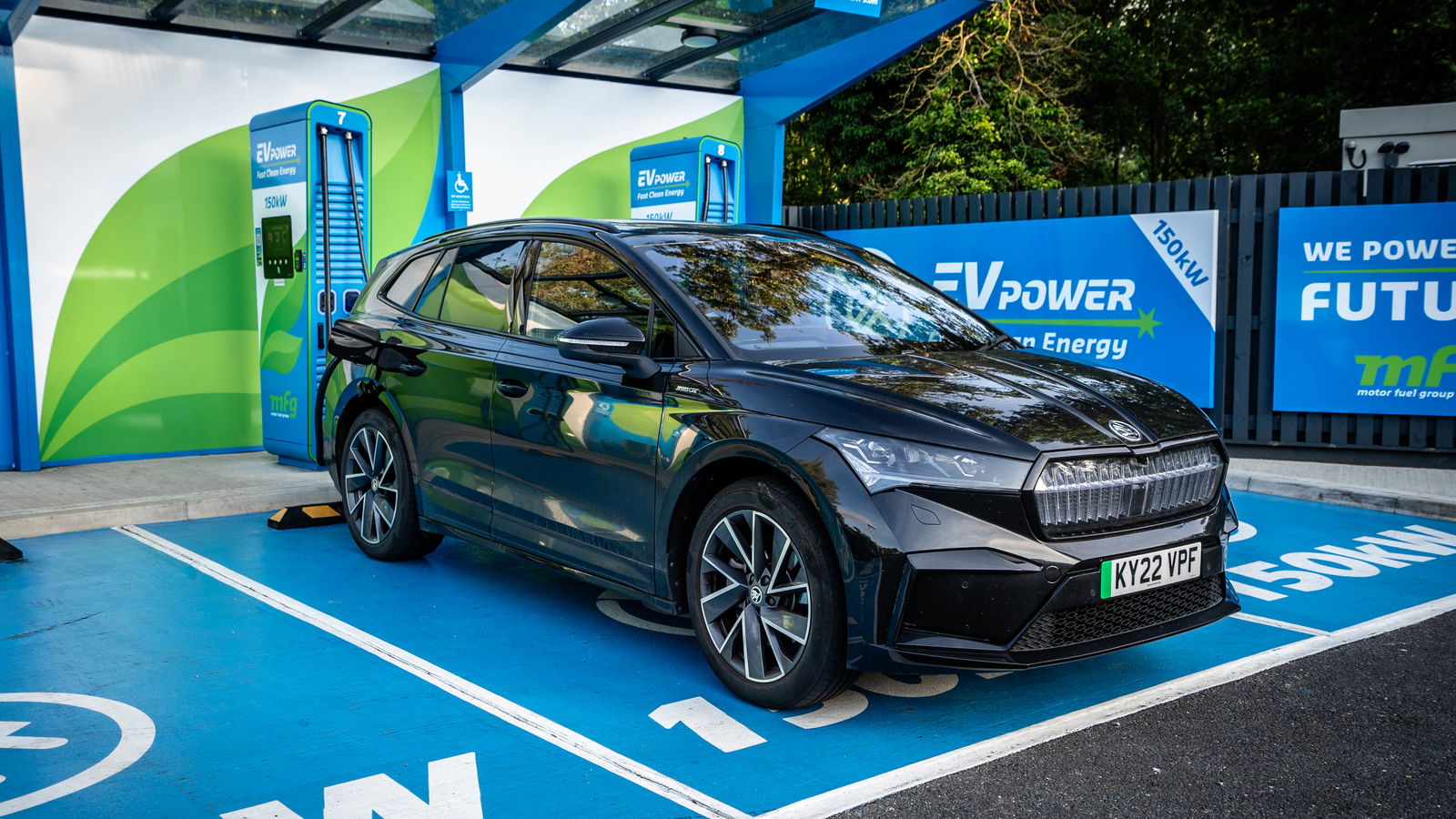
At the start of the year, I’d been wondering what life would be like with an electric car. It was a step into the unknown - I’d never even had an EV on a short-term test. Not that the idea was a practical one - I don’t have a wallbox charger at home, so I’d have to rely on the slightly sketchy UK charging network.
So, once I knew a Skoda Enyaq would be coming my way for six months, the prospect was both exciting and slightly terrifying. With that time now at an end, and with over 5,000 miles covered, here’s what I’ve learnt…
It requires a bit of planning
I found myself looking at the battery percentage far more than I glance at the fuel gauge on a petrol or diesel car. That’s inevitable, really - charging a car mid-journey isn’t as easy as splashing some pasteurised dinosaurs in the tank of a combustion-powered car.
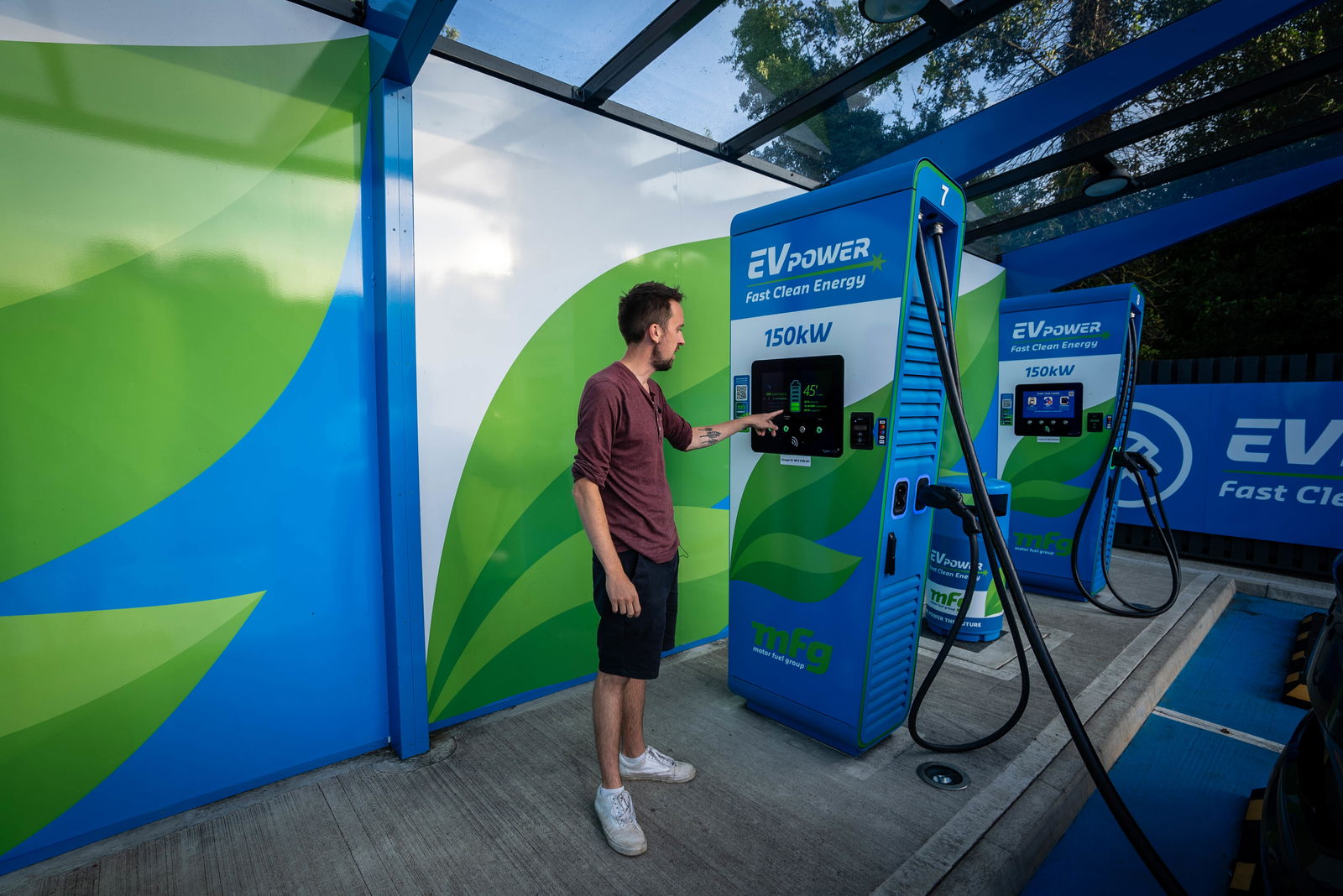
And so, I was constantly pre-planning journeys and when to stop. Those stops were more necessary for me, not being able to charge at home and all that. Running the car over a chunk of winter didn’t help either, as the cold weather stifled the batteries’ potential.
In better weather with more mixed driving, I was getting enough efficiency to equate to a range of nearly 300 miles on a full charge, not far off the official 332-mile WLTP figure. A lot of motorway driving would drop that figure pretty significantly, though.
Queuing for a charging spot can be stressful
When a petrol station is busy, you’re still not waiting for that long, since each person is only going to need about five minutes to fill up and pay, even if they spend way too long deciding between a Twix and a Snickers en route to the cashier. At a charge point, someone might be there for well over an hour, so you could be waiting a long time for a spot if all working chargers are taken when you arrive.
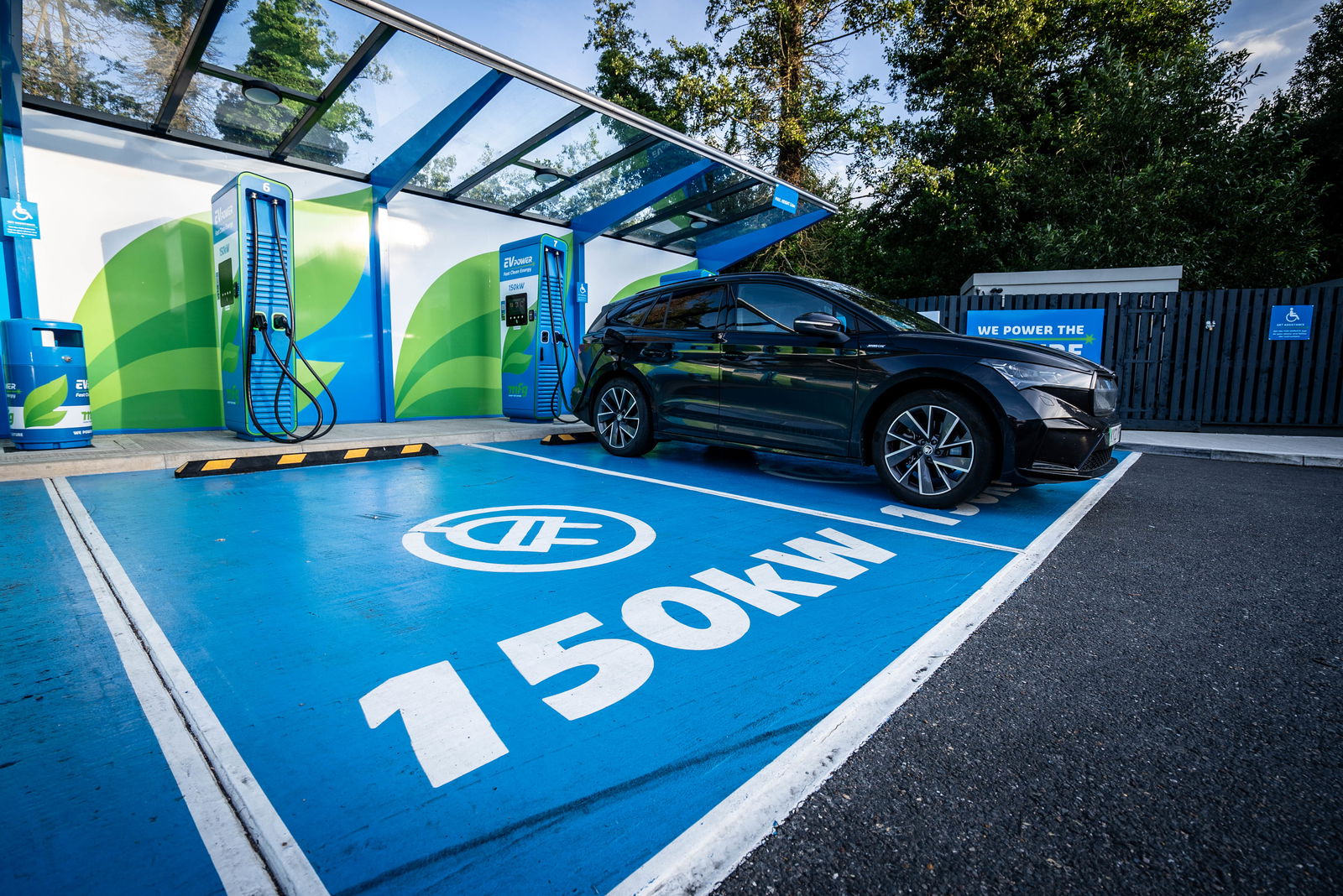
Then there’s the problem of how you queue - in most places, it’s not always clear where’s best to wait. I ended up worrying I was inadvertently cutting in front of someone else, and/or being concerned someone has seen that I’m waiting and nips ahead. This can lead to arguments - I saw one driver go completely apeshit at a charge station queue jumper.
I really don’t need that kind of anxiety in my life just to get a car charged, but most people are friendly at least. You’ll often find yourself chatting to other EV drivers, which is nice.
EVs change you as a driver
The Enyaq proved quite an adjustment. Initially, I found it weird starting up and pulling away in near silence. Soon, I found EV life changing my driving habits. I became a much smoother and more careful driver, all with the aim of extracting as much range from the Enyaq as possible.
The Enyaq is (mostly) great
I’ve mostly enjoyed driving the Enyaq. It feels like a really easy car to drive, and the smoothness and near silence of the electric powertrain made for really relaxing motoring. Well, away from the charging station arguments, anyway.
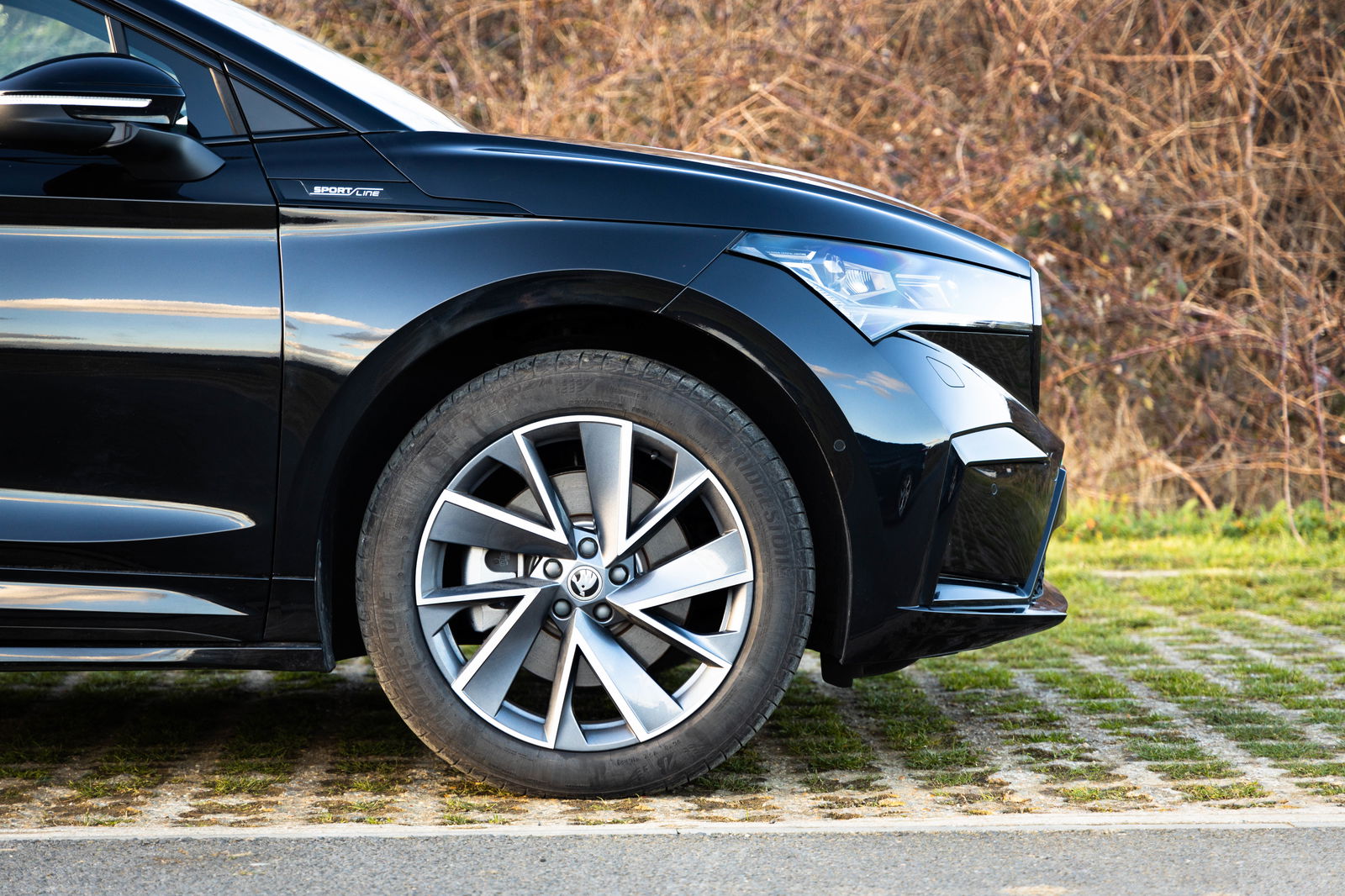
Instantly delivered torque is fantastic for pulling away at junctions, and the straight-line performance was good enough for me not to be too worried about upgrading to the Enyaq vRS, which I managed to have a go in for a week alongside my regular Enyaq.
There isn’t much in the way of bad stuff to report, although we did end up locking ourselves out of the Enyaq at one point. My wife left the keys in the boot with the whole car unlocked, then shut the boot without realising. The car locked itself after a few minutes, and the only way we could get back in was to wait for an additional key to be delivered by Skoda.
I’m also not a fan of the climate controls on the touchscreen, it’s just too fiddly.
I’m not quite ready for EV ownership, but not far off
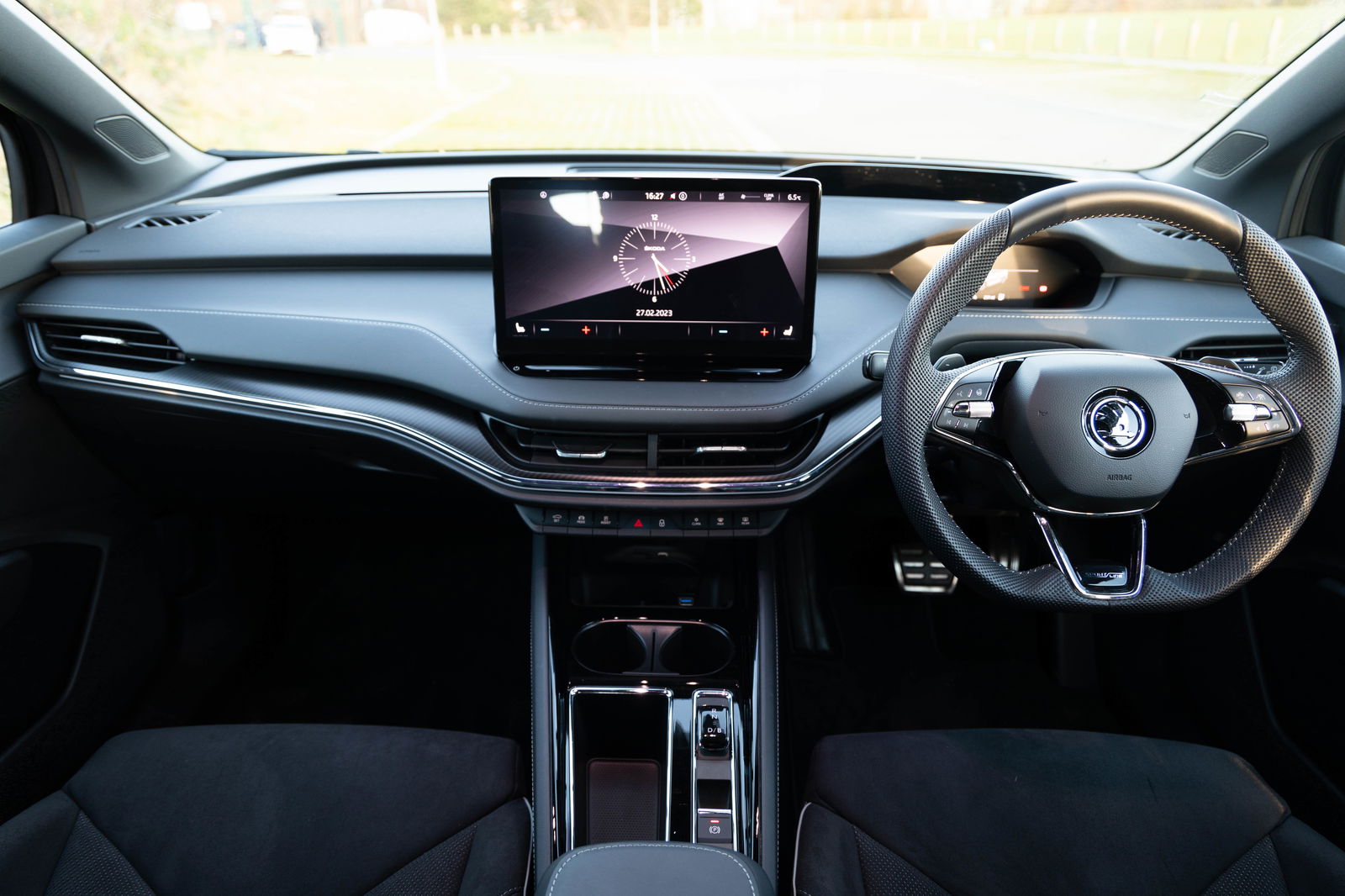
Because I cover a lot of miles, going full EV isn’t for me just yet. If I had a proper charger at home, I can imagine an electric car fitting into my life very well as a runabout alongside a petrol or diesel car. And on that subject, while we did manage OK with just a three-pin charger, a wallbox would have made things easier, partly because we’d have been way less reliant on expensive and sometimes busy public chargers - my most expensive stop was nearly £50 to take the car from 10 to just over 80 per cent charge.
.jpg?width=1600)
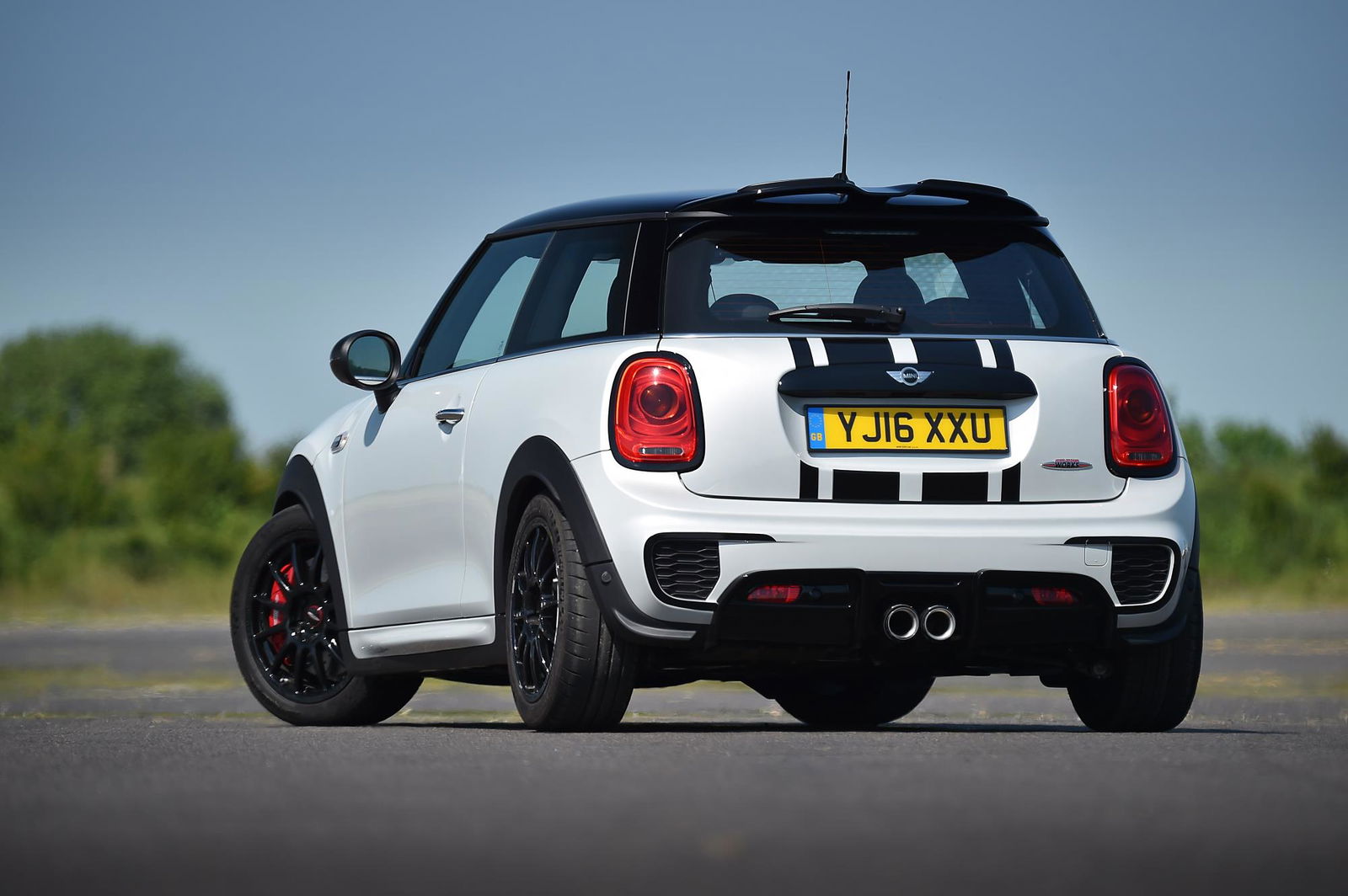
Comments